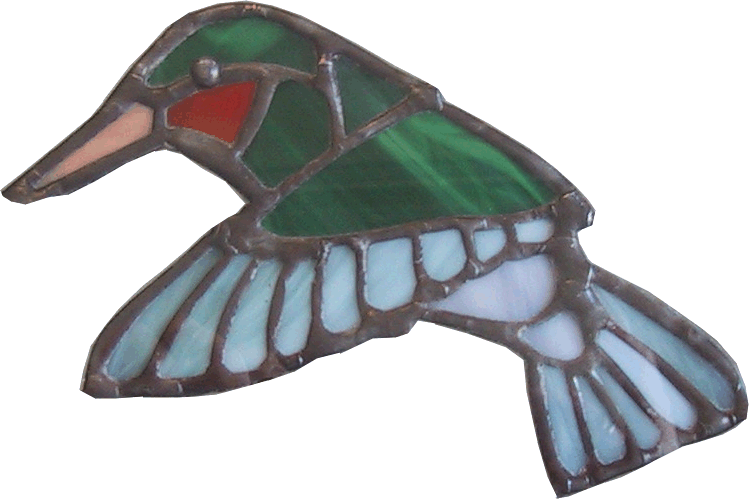NO DRILLS NO NEEDLES Part 2
by Pentti J. Nupponen, DMD, MAGD, FIND, AIAOMT
"Wow! How did you do that? Which tooth did you fill? I can’t see a filling. By the way, since my last visit, I tried to explain to my family how your ‘No Drills’ machine works, but they did not understand, especially my 7-year old son. How would you explain to a child the working of this high tech equipment?"
"I understand what you mean," responds Dr. Pentti Nupponen of Halifax Family Dentistry. "Explaining this high tech micro-particle technology to an adult is easy, but how should we explain it to a young child? If the child is very young," suggests Dr. Nupponen, "just tell him or her that the dentist will spray a kind of sand on the tooth to remove the cavity bugs and make the tooth feel better. It will feel like someone is blowing warm air through a drinking straw onto the tooth. If the child is older and has some understanding of the dental visits, and maybe some dental fears as well, tell him or her that by utilizing this new technology they may not need any needles or drills at all. Most patients of all ages think these procedures are really easy to take and routinely prefer them over drills and needles."
"Dr. Nupponen, at the end of our last visit I asked you whether, if that cavity had been so deep that I would have needed a shot, could you have done it without needles? And you said, ‘It’s a piece of cake!’ So! How would you do that?"
Dr. Nupponen smiles and replies, "I knew you would not forget. OK, here’s how it works: The system is called CEDETA Targeted Electronic Anesthesia, producing a form of anesthesia that requires no needles and no chemicals."
"That sounds like a real mouthful. What does it mean?" says the patient.
" It means that we can work painlessly on your tooth, without needles, by means of a small device powered by only four AA batteries."
"Does it hurt?" questions the patient.
" No, not at all," replies Dr. Nupponen. "There is no pain associated with this ‘No-Needles’ technology. The device has been tested and researched for the control of pain in dentistry and medicine for 8 years by a major university in England. The results have been excellent. It is completely safe for most patients, although it is not recommended for use by pregnant women or pacemaker patients. The device has been patented world wide, and it provides needleless targeted electronic anesthesia suitable for most of our dental procedures."
The patient asks, "Tell me more about this whatchamacallit no needles thing!"
"OK", responds the dentist. "Here are the major benefits to you. First of all, you do not need any needles. Afterward, you will not have post operative numbness, or ‘droopy lip’ as they say. It is 100% chemical free and non-invasive, yet it provides post treatment pain control. Best of all, it will reduce your fear of dental treatment."
"That sounds wonderful. How do you actually do it? How long does it take to set it up?"
"Not long at all. The whole unit is about the size of a transistor radio. The patient can control the level of numbness. Out of the device comes 3 small wires, with disposable stick-on pads at the end of each wire. One pad will be attached to the back of each of your hands, and the third one will be attached next to the tooth we are planning to treat that day. When the unit is turned on, numbers are displayed on a digital read-out window. As the unit is turned up, the numbers rise, and a "tingling sensation" is felt on the gum. The patient turns it up until constant numbness is felt. If any pain remains, the impulses can be boosted further. We have used it for everything but extractions. We have even done crown preparations by utilizing the Cedeta system, and patients love it. When we are all done, the unit is turned down until it is completely off, and the numbness is gone instantly. Depending upon how long the treatments were, the temporary analgesia will linger for a while. Meanwhile your teeth and gums will be back to normal, and the bite can be checked since the teeth can now be felt. When patients have been asked if they like it and if they prefer using this system, most of the patients overwhelmingly want to use Cedeta again instead of getting shots. The over all industry success rate with Cedeta is 92% for all types of restorative procedures. "
"Boy, that’s really interesting. I imagine that I could fall asleep while you work on my teeth," says the patient.
Dr. Nupponen chuckles. "It’s OK if you fall asleep. Many of our patients do. Just sleep with your mouth open."
